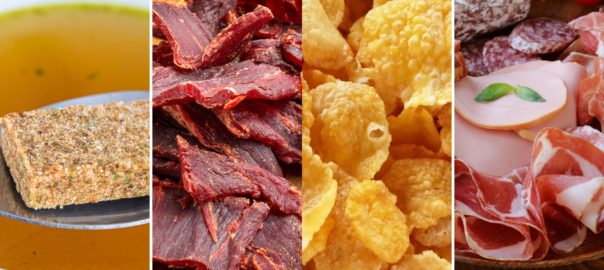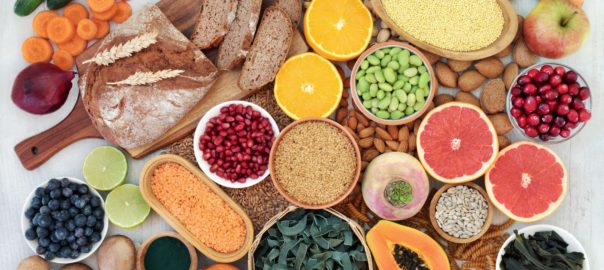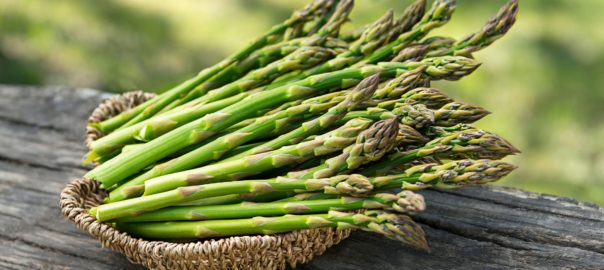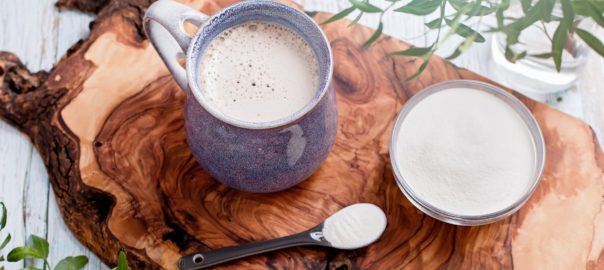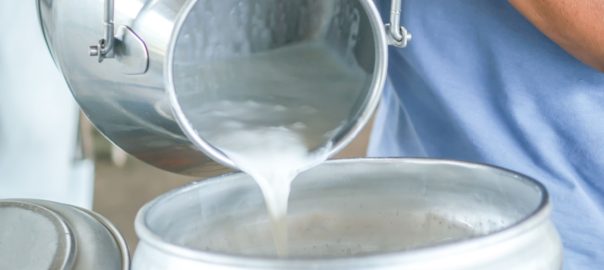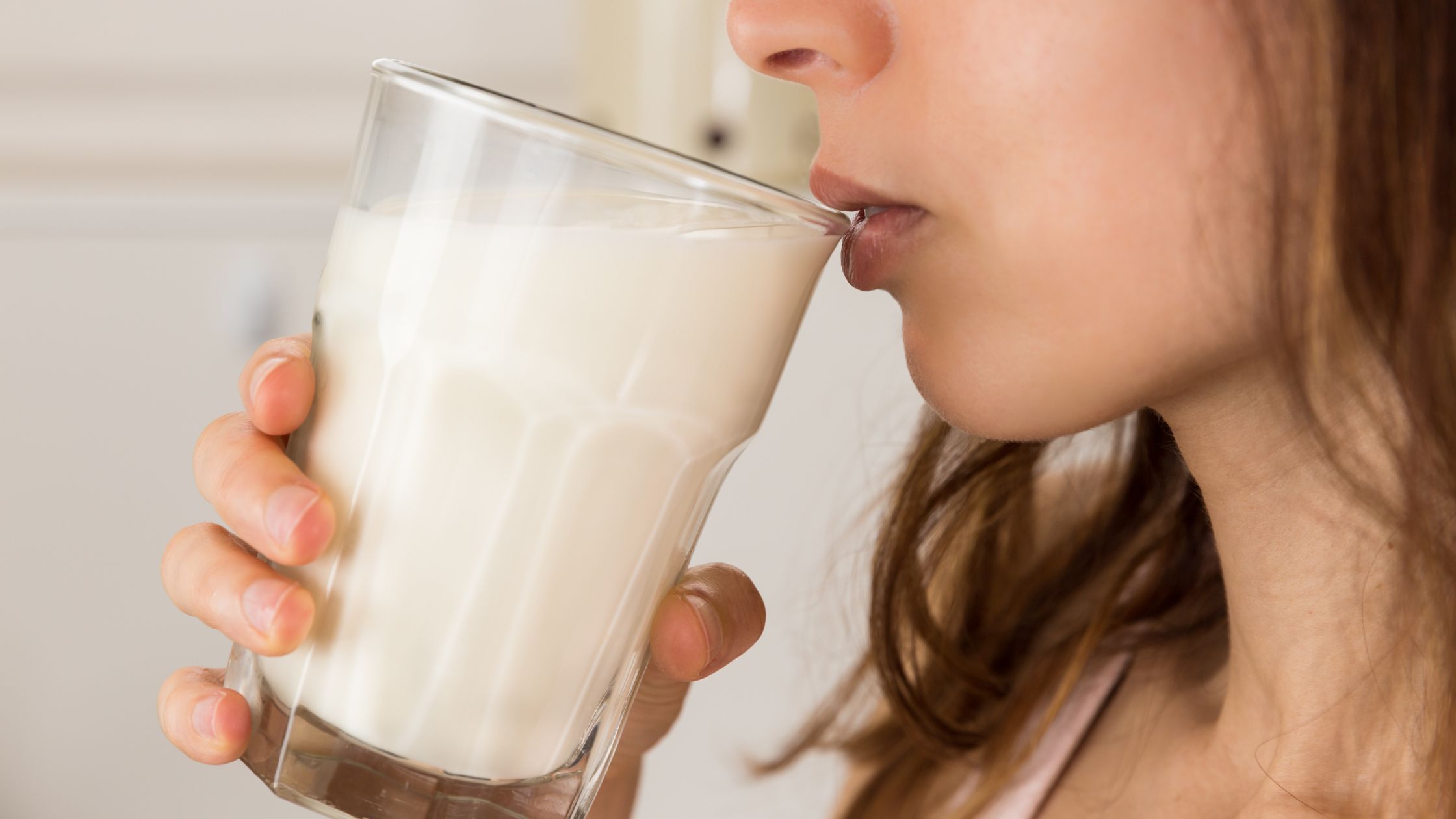The elimination diet is considered the gold standard for identifying food allergies or sensitivities. The process consists of removing suspected foods from the diet for a specified time and then slowly re-introducing them back in a controlled fashion. Through the process, you pay close attention to how your body reacts with each re-introduction; using a food journal can be very helpful.
Elimination Diet Benefits
The biggest benefit of an elimination diet is that it can help you determine specific foods that you may be allergic, sensitive, or intolerant to. Food sensitivities can produce a wide range of symptoms such as ADD/ADHD, brain fog, depression, pain, rashes, bloating, diarrhea, constipation, fatigue, headache, obesity, and stomach aches just to name a few. Knowing which foods you are sensitive to can help you make better food choices for your overall health.
Phases of the diet
There are two phases in an elimination diet. Phase one is where the diet gets its name – elimination. The second phase is the reintroduction phase. It is important to understand each phase and the process for completing it.
Elimination Phase
In this phase foods common trigger foods are eliminated from the diet. Foods that you suspect your body can’t tolerate can be eliminated as well the common trigger foods. These trigger foods include:
- Beverages – Alcohol and caffeine should be avoided. Sources of caffeine include soda, coffee, tea, and cocoa
- Citrus fruits – Avoid all citrus fruits including lemons, limes, oranges, grapefruit, tangerines, and pomelos
- Corn – This is one the nine top allergens and therefore is part of the elimination. Conventionally grown corn tends to be treated with glyphosate which can disrupt the gut, another good reason to include it in this phase
- Dairy – All forms of dairy from all animal sources are eliminated
- Eggs – These are another top nine allergen, avoid eggs from all sources
- Fats – Eliminate less than desirable fats including margarine, hydrognated oils, spreads, and mayonnaise
- Gluten – Avoid all sources of gluten, wheat, barley, rye, spelt, oats, kamut, and farro. In highly sensitive individuals a complete grain free elimination may be necessary
- Legumes – Beans, lentils, and peas should all be avoided
- Nightshade vegetables – These contain a plant alkaloid called solanine which people can be very sensitive to. Avoid tomatoes, potatoes, eggplant, and peppers including paprika and cayenne. This does not include sweet potatoes or black pepper as those are not from the nightshade family
- Nuts and seeds – Nuts are part of the top nine allergens as are sesame seeds. All nuts and seeds are avoided during the elimination phase
- Peanuts – Not a nut, peanuts are a fatty legume which is part of the top nine food allergens and should be avoided during this phase
- Processed meats – These tend to have a lot of additives in them which may be contributing to food sensitivity issues. Avoid all processed meats, canned meats, cold cuts, and bacon
- Shellfish – All shellfish should be avoided
- Soy – Another food that is highly contaminated with glyphosate, soy is also phytoestrogenic and goitrogenic making it potentially problematic for people with hormone or thyroid issues
- Sugars – All sugar should be avoided during the elimination phase including table sugar, honey, maple syrup, corn syrup, high fructose corn syrup, and agave nectar
Remember this is just for a short time period to allow your body to rest from potential inflammatory foods. The elimination diet is not meant to be a lifestyle. It is important to remember this.
What Do I Eat on an Elimination Diet?
The most important point here is to eat real food! Health and nourishment come from real, unadulterated food.
- Animal Protein: These proteins are best obtained from pasture-raised or wild caught sources and can include fish, chicken, turkey, lamb, wild game, and fish. Processed fish and meats should be avoided.
- Fruit: Any fruit except for citrus can be eaten. Between one half to one and a half cups per day.
- Gluten-free grains: Any gluten-free grain which can include quinoa, wild rice, amaranth, buckwheat, millet, and teff can be eaten.
- Healthy Fats: Cold-pressed olive oil, coconut oil, and avocados are great sources of healthy fat
- Herbs and Spices: Any can be consumed except cayenne, red pepper, and paprika as these are all nightshades. White and black pepper are okay to use during an elimination diet. Herbs and spices not only add flavor to our food, they are little powerhouses of healing potential.
- Vegetables: Three to four cups of leafy greens plus two to three cups of colorful veggies. Remember, nightshade vegetables should not be eaten during the elimination period. Think about eating a rainbow of colors when it comes to fruits and vegetables.
Eating these health-promoting foods allows your body to not only be nourished but also gives it a rest from foods that may be aggravating. At the end of the elimination period (your symptoms should have improved during this time), it is time to reintroduce foods back into your diet. This is done slowly, one at a time.
Reintroduction Phase
After successfully completing the elimination phase you slowly bring foods back into your diet. It is helpful to work with a holistic nutrition professional to do this in order to make sure you’re getting the support and guidance you need.
The point of this process is to eliminate and then slowly reintroduce foods one at a time. This is so you can monitor your reactions/symptoms. You want to pay careful attention to your sleep, mood, energy, digestion, bowel habits, skin challenges, and so on.
- Bloating, gas, or cramping
- Diarrhea or constipation
- Fatigue or low energy
- Headaches or migraines
- Issues with sleep
- Joint pain
- Rashes or itching
3 Day Reintroduction Process
- Day 1 you will reintroduce one food, eating two servings of it during the day at different times.
- Day 2 and Day 3 stop eating the new food. Watch for any reactions from it
- Day 4 and beyond will depend on what happened on day 2 and 3. If no disturbance occurs, move on to the next food; repeating the three-day cycle.
Even if there is no reaction to a food, it is important to not eat that food again until all foods in that category have been tested. If you experience any reaction on day 2 or 3, you will need to wait until those symptoms subside before reintroducing another food.
It’s best to work through the foods you had eliminated, determining which foods produce a reaction and which do not. For any food that does produce a reaction that is moderate to severe, it is best to eliminate that food for a longer period, such as four months. After that time, you can retest to see if your body has adjusted and gained a tolerance to the food. If a food produces no reaction, it is advised to eat the food only occasionally or only as long as no disturbance is noted.
If there is a known anaphylactic allergy to any food, DO NOT try to reintroduce it.
By now you realize an elimination diet may not be easy, but can be worth it in the end. The diet is a beneficial way to help you determine which foods may be trigger foods. You can then eliminate them for a period and see if this helps restore gut health and overall sensitivity
Studies have shown that an elimination diet has been helpful with conditions such as IBS, eczema, migraines, and more. Using an elimination diet can also help you learn which healthy foods you can continue to eat and enjoy. It is always in your best interest to eat real, whole, organic foods if at all possible and eliminate processed foods, sugars, and artificial sweeteners.
After going through an elimination diet it may be helpful to use the Rotation Diet Theory in order to help reduce over-exposure to proteins and support gut integrity. The Rotation Diet Theory is based on the thinking that the more you are exposed to certain proteins the higher the potential to develop sensitivities to them. Most humans tend to have a preference for their top 20 foods and those are the ones they eat over and over and over. It is not uncommon for those favorite foods to be the ones that show up on a food sensitivity test or which are revealed through an elimination diet to be the ones causing the issues.
When you are doing an elimination diet, it can be helpful to work with an experienced health educator or coach. If you would like to learn more about doing an elimination diet, please reach out to me.
Sources
Alpay K, Ertas M, Orhan EK, Ustay DK, Lieners C, Baykan B. Diet restriction in migraine, based on IgG against foods: a clinical double-blind, randomised, cross-over trial. Cephalalgia. 2010 Jul;30(7):829-37. doi: 10.1177/0333102410361404. Epub 2010 Mar 10. PMID: 20647174; PMCID: PMC2899772.
- Chey, W.D, MD, AGAF, FACG, FACP, RFF. The American Journal of Gastroenterology 114(2):p 201-203, February 2019. | DOI: 10.14309/ajg.0000000000000099
- Pacor ML, Peroli P, Nicolis F, Bambara LM, Givanni S, Marrocchella R, Lunardi C. Eczema e allergia alimentare nell'adulto [Eczema and food allergy in the adult]. Recenti Prog Med. 1990 Mar;81(3):139-41. Italian. PMID: 2359866.
- Smith, Erin, Foxx-Orenstein, Amy, Marks, Lisa A. and Agrwal, Neera. "Food Sensitivity Testing and Elimination Diets in the Management of Irritable Bowel Syndrome" Journal of Osteopathic Medicine, vol. 120, no. 1, 2020, pp. 19-23. https://doi.org/10.7556/jaoa.2020.008


